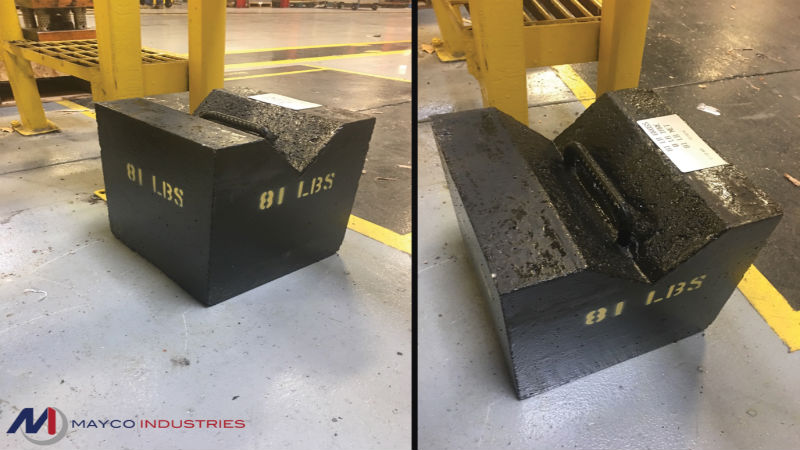Metal can be shaped and formed in many different ways. The way that metal is worked or processed will impact the internal structure, the strength and even the properties of the metal or alloy.
Cold headed parts are formed by working metal at room temperature. There are some specific alloys and processes that chill the metal before working, but the key point is that the metal is not heated to a semi-liquid form and then extruded to create the shape.
How It Works
Whether the metal is hot or cold, the process of extrusion is basically the same. The metal is forced through a die to create a specific shape. With cold headed parts, the metal is not semi-liquid, so it requires more force, and there are some limitations to the shapes that can be achieved. Top manufacturers of cold formed parts can typically work with any order to create just the specification required, including working with industry required tolerances.
There is also another method used to create cold headed parts, and this is sometimes called backward extrusion. In this method the die, under pressure, moves over the metal to scrape off the undesired metal to form the shape.
What Is Left
Once the metal goes through the forward or backward extrusion process is typically in the desired shape. In hot extrusion methods, the heat itself can cause the metal to change, requiring additional machining or working after the extrusion process.
While it may seem counterintuitive, the cost of cold forming is often much less than hot forming. There is also an important factor to consider when working with many metals using the cold forming method. This is the increase in hardness of the metal, the exact opposite as is found with the hot forming process.


